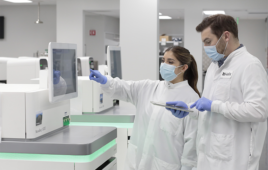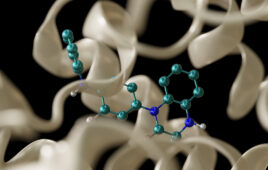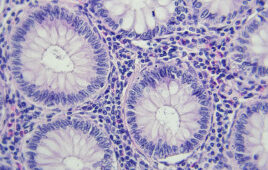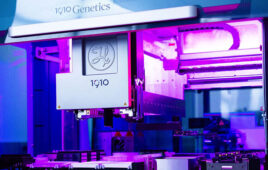
Redheads are rare. Only one to two percent of the earth’s population is gifted with the hair color. But that uniqueness comes at a price. The ginger locks are usually accompanied by freckles and fair skin, which is prone to sunburn and a higher incidence of skin cancer, including melanoma.
The strand’s red hue is due to a series of mutations in the Melanocortin 1 Receptor gene (MC1R). The mutation turns off the gene’s function and, in turn, produces red hair and fair skin. While the variants in this recessive gene has been linked to higher incidence of skin cancer, researchers have not been able to determine if the variants in MC1R, a protein crucial for pigmentation in humans, can be reversed.
Now, researchers from Boston University School of Medicine (BUSM) say that there is a way to reduce cancer risk in redheads. Their work has shown that MC1R is affected by a special modification process called palmitoylation that is critical for its function. By enhancing palmitoylation in the variant MC1R proteins of redheads cancer risk can be reduced.
Much public health work has emphasized prevention by reducing sun exposure, particularly to DNA-damaging UV rays, but redheads bear a higher burden of disease making alternative risk reductions strategies and area of active interest.
“Up until now our understanding of the molecular biology of melanomagenesis (developing melanoma cancer) lacks explanations for how MC1R is affected by UV radiation, why redheads are more prone to melanoma, and whether the activity of red hair color variants could be restored for therapeutic benefit,” explained corresponding author Rutao Cui, M.D., Ph.D., professor of pharmacology and experimental therapeutics and professor of dermatology at BUSM in a statement.
In an experimental model, the researchers used a small molecule which could increase palmitoylation of MC1R named palmostatin B, and then exposed the model to UV light. The control group, without palmostatin B treatment, was also exposed to the UV light and showed a significant higher rate of developing melanoma.
“These result suggest pharmacological activation of palmitoylation prevents melanoma skin cancer in this particular model,” said Cui.
This is the first comprehensive analysis that find stimulating palmitoylation can be used as a strategy to prevent disease, according to the researchers. “We hope our study allows for the development of a pharmacological prevention strategy for red-headed people to protect their skin and let them enjoy the sun like other people.
These findings appear in the journal Nature.
Filed Under: Genomics/Proteomics




